My son and I have been wandering around the mall all afternoon looking for Pokémon cards. When we called last night, everyone had them, but today, nobody does.
In one of the stores, I see two worried-looking parents, with their very pouty 7-year-old son, talking to the store manager.
“Is the yellow Pokémon Game Boy game, played with the yellow Game Boy Color, the same as the yellow Pokémon Game Boy game played with the regular Game Boy? And can you play the yellow Pikachu edition on either one?” they ask, bewildered.
After the store manager quells their fears, telling them that basically the games are the same, the parents drag their now-poutier-than-ever-son out of the store with an audible sigh of relief.
At least they are not alone in their confusion.
The phenomenon of Pokémon has taken us all by storm — concerned parents, educators, religious-school administrators, rabbis. We wonder, ‘how far do we go with this Pokémon craze, a craze seemingly more powerful than anything else in years? How much do we spend, where do we set the limits of play, and ultimately, is this phenomenon good or bad for our children?’
“The challenge with Pokémon, as with anything else,” says Rabbi Steven Carr Reuben of Kehillat Israel, author of ‘Children of Character: Leading your Children to Ethical Choices in Everyday Life,’ “is how do we incorporate our Jewish values, handed down thousands of years, and relate them to specific, American cultural experiences on a day-to-day basis. I don’t see them as opposite. I see them as completely compatible. How do we bring harmony to both?”
Harmony is not a word Linda Pacheco would use when talking about Pokémon.
Pacheco, principle of Mt. Washington Elementary, a public school 15 minutes east of downtown, found that the Pokémon card game caused so much commotion, in and out of the classroom, that she had no other choice but to ban it from school.
“The cards were everywhere,” says Pacheco. “They had books of their collections and they would sit on the wall and spend hours after-school looking at their cards.”
For Rabbi Yosef Kanefsky of B’nai David Judea, Pokémon presented another problem. Instead of Shabbat being a time to focus on family, community, God and Torah, children at B’nai David were focusing on trading Pokémon cards.
“Children would come to shul with their backpacks full and begin negotiating, exactly the way adults buy and sell stocks the other five days of the week,” Kanefsky recalls. “It was impossible to draw them out of it.”
He eventually sent home a letter to the parents banning Pokémon from shul. “For me it was a Shabbat issue — about there being no commercial transactions — and a distraction issue,” he says.
As a father of a 6 and 10-year-old, Kanefsky confesses he sees no value in the game, but he did state that Pokémon presents a wonderful opportunity for parents to teach the more subtle lessons of stealing.
“In Leviticus, Chapter 19, Verse 14, it says ‘you should not place a stumbling block before the blind,'” Kanefsky points out.
In the halachic interpretation, he says, it’s a figurative blindness, meaning you should not lead the unwary astray. In Pokémon terms, it means not taking advantage of someone’s ignorance, not intimidating someone younger than you, not exploiting your position with a friend.
“Holding back information [about the value] of a card is also stealing,” Kanefsky says.
“When it comes to Pokémon, identify your own values,” Reuben advises parents. “Then act based on those values. For instance, if you want to teach compassion, encourage your children, who have cards, to share with those who don’t; if you want to teach integrity, talk to your kids about being honest when trading. Have your children ask, ‘What would the world be like if everybody acts the way I am acting?’ This is an important lesson to impart.”
One parent who found that Pokémon presented an opportunity to teach life lessons was Encino dermatologist Dr. Helene Rosenzweig, mother of a smart and spunky 6-year-old named Michael, whose love of Pokémon started on his birthday.
“I got good cards,” he says, recalling that auspicious day.
Michael soon began collecting Pokémon cards and trading them with his friends. He even learned the game, which is no easy task for a 6-year-old. But what started out as a “cool game,” soon bordered on an obsession. Now Rosenzweig says things have cooled down somewhat for her son, “If [the cards are] not around, he can live without them.”
Like other parents caught off-guard with the intensity by which their young children have embraced Pokémon, Rosenzweig has made an effort to learn the names of many of her son’s favorite characters and tries to talk with other parents about the aspects of fairness and trading among kids too young to know the meaning of “market value.” She also discusses these things with her son.
“I talked to him about what makes something valuable, say, why a Charizard card is more valuable than a Pikachu,” Rosenzweig says, revealing that a Charizard card can sell upwards of $75 to $100.
“He said to me, ‘But what if I love Pikachu, and I want to have thousands and thousands of Pickachus?'”
“So for him, [he learned that] value lies in the eye of the beholder,” she says.
After seeing her otherwise shy son approach older kids, to ask if they wanted to trade with him, Rosenzweig concludes that “Pokémon is a great equalizer.”
Sharon Mor, an educational director at SCORE!, a supplemental educational center in Pasadena, echoes the same sentiment. “I credit Pokémon with bringing people together… I haven’t seen anything like this in years.” Because of it’s across-the-board-appeal, the center’s team of directors has sponsored two Pokémon tournaments for their clients, and are restructuring for a third. Although they make clear that Pokémon will never be a substitute for their curriculum, they believe the card game utilizes critical thinking, reading and math skills that can help kids in school.
“Kids come in here who hardly know how to read, and they can read the Pokémon names.” says Mor.
“I think for some students there’s a stigma attached to math in school — it’s not fun. They don’t realize they are using the same math skills while playing Pokémon,” Felix Flores, another director says. “I’m surprised to see how many children understand and can play the game.”
Certainly, Fusajiro Yamauchi did not foresee the fuss surrounding the Pokémon phenomenon when he began manufacturing Japanese playing cards in Kyoto in 1889.
Jump ahead to 1996, when Nintendo Co. Ltd. of Japan — whose current president is Mr. Yamauchi’s great grandson — developed a Game Boy game called “Pokémon,” based on the Japanese card game “Pocket Monsters.” In 1998, Nintendo introduced Pokémon for Game Boy to North America, and in January 1999 — yes folks, it’s only been one year — Wizards of the Coast licensed the Pokémon trading card game from Nintendo for American audiences. Since the debut of the Pokémon trading card game, more than 3 million starter-sets have been sold. Now, that’s a lot of pocket monsters.
The game, which is based on a mathematical strategy, has a deep complexity that surprises most adults. It helps if you’ve seen the daily WB animated TV series or played the Nintendo games, but no matter, Pokémon is a world unto itself, inhabited by 150 Pokémon characters, which are fiercely powerful when it comes to doing battle. Trainers, which are our kids, utilize these powers to win the game. Contrary to popular belief, there is no exchange of cards during a game, rather, a depletion of points, leaving an opponent’s Pokémon monsters helplessly stranded on the bench, until there are no Pokémons left.
At Temple Israel of Hollywood, where a class of fourth graders has gathered to talk about Pokémon, their excitement is palpable. Although Laura Bramson, director of the re
ligious school, has not banned Pokémon altogether, she does not allow it to become a distraction either. “If the kids play with them in the classroom they’re taken away and returned at the end of the class.” she says.
For the fourth graders, who are evenly divided between boys and girls, not even the absence of their precious game cards dims their enthusiasm.
“It’s exciting because it’s fun,” says Lindsay Pollock, a sensible girl, with a sizable collection, “and the reason why it’s fun is because there’s such a big variety of them.”
“I like to collect them because it’s a really big fad,” says Mahira Sobral, herself a past Beanie Baby collector. “When it runs out, I’ll have basically all the cards I have now.”
And what is she going to do with them when they are no longer popular?
“I’ll do something like put ‘Fad 1999’ on them,” she says.
When asked if they have ever used their knowledge to make a trade with a less experienced player, they all shook their head no, but they did say they themselves have been taken advantage of.
“I had one of the rarest cards in the world and I traded it for a very unrare card. I didn’t know then but I ended up getting very ripped off.” Danny Weber, a redheaded Pokémon aficionado, says.
“Some of mine were stolen, about 10 cards, so I decided not to bring them to school at all, unless I’m going to trade, then I just bring that card.” says Jimmy Kaplan, a young man who obviously has a bright future in the commodities market.
At this point in the interview, the teacher checks his watch, so it’s important to move on to the most important question of the afternoon: How many are going to see the new Pokémon movie, opening Nov. 10?
They all talk at once.
“If you go early enough, you can get some cards.”
“It ‘s going to be so cool.”
“It’s going to be a super good movie,”
“There’s two new Pokémon”
“No, four!”
“Hundreds of people are going to go see it.”
In spite of what adults believe about Pokémon, and no matter what they say or do, Pokémon remains a powerful force in our children’s lives. But our children, who have lived through more fads in their short lives than we could have ever imagined in ours (anyone remember marbles?) also see it for what it is: a popular fad that will disappear one day like so many monsters left on the bench at the end of a Pokémon game.
If there’s anything they know for sure, it is this one sad fact: Pokémon will go the way of all other fads — Furbys, Beanie Babies, Teenage Mutant Ninja Turtles — and something new will take its place.
In the meantime, they’re going to have some fun.
“The reason why they’re so interesting,” says Lindsay, pausing thoughtfully, “is because there’s not that many things that are really popular and last for such a long time. Some things are popular for shorter amounts of time, and then they run out. But this is really unusual, because it’s been going on for a few years now.”
“Yeah,” someone calls out, “like ice-cream.”






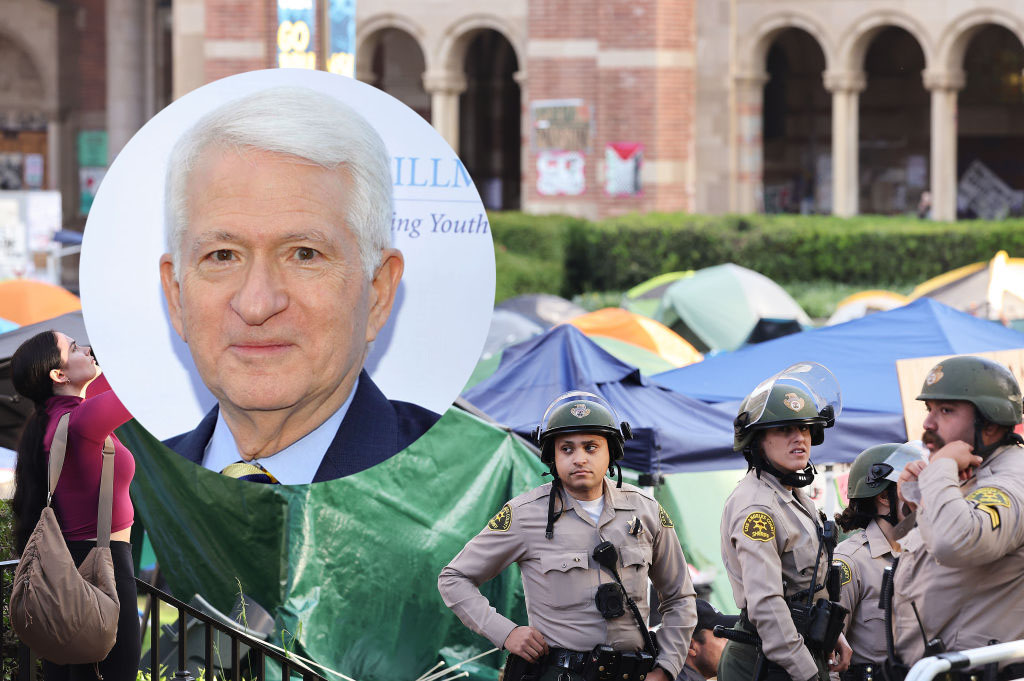


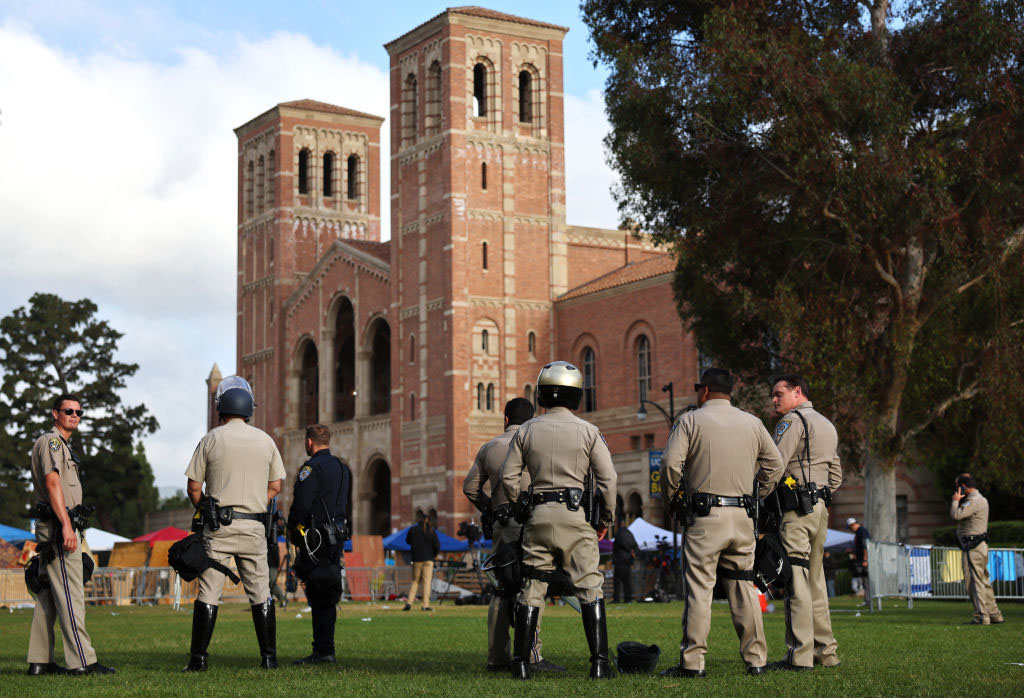
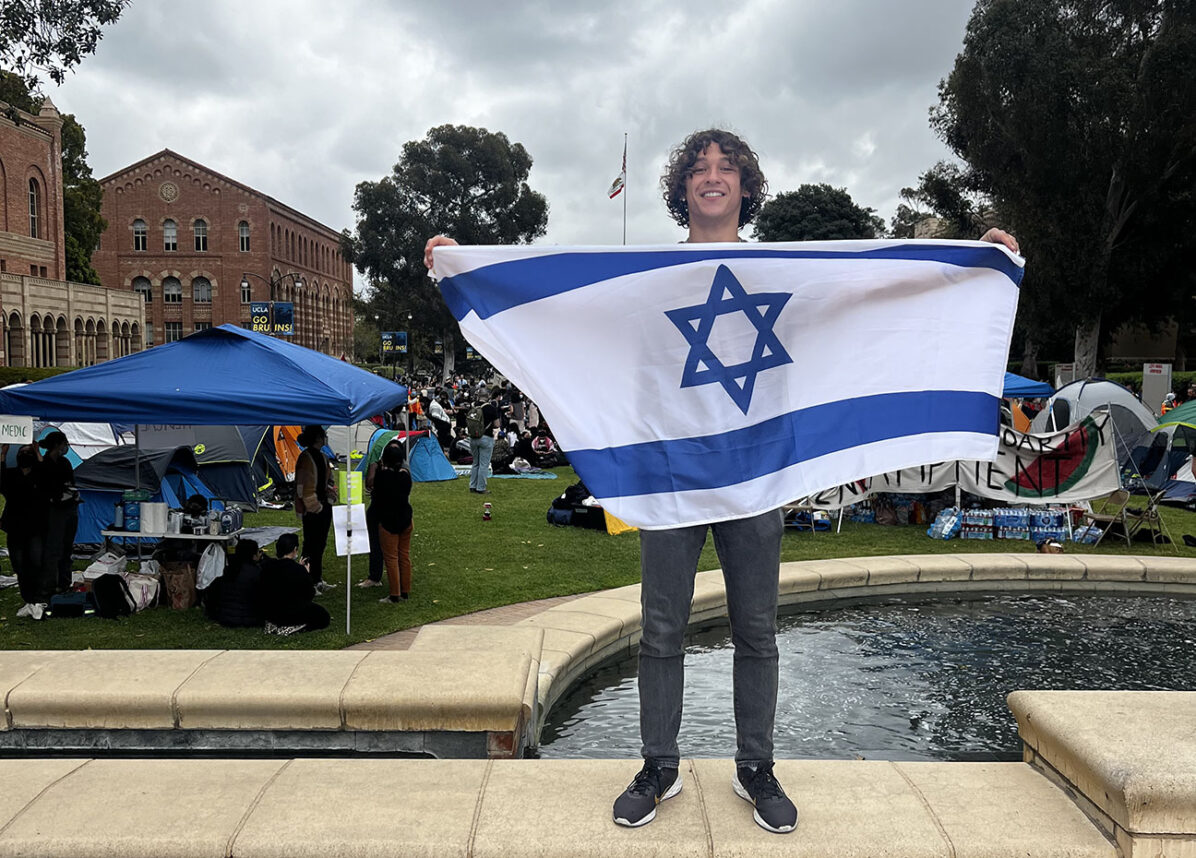

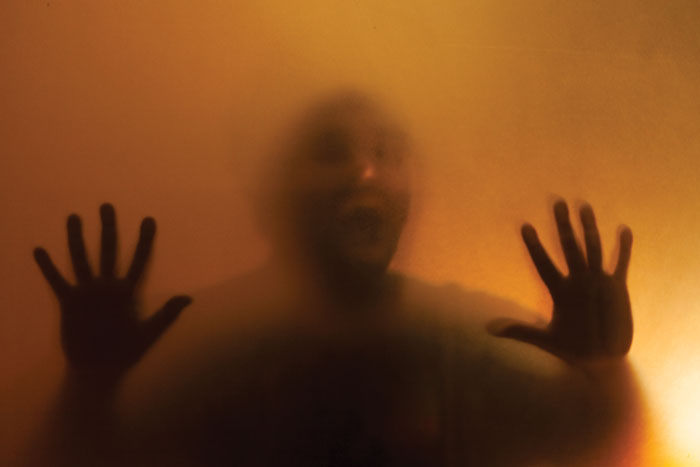
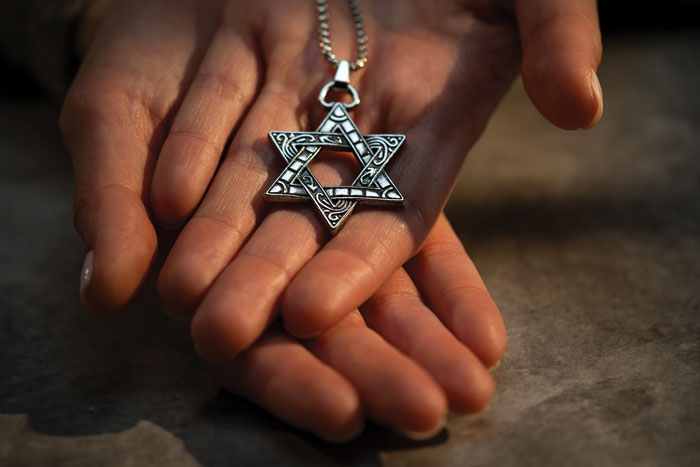








 More news and opinions than at a Shabbat dinner, right in your inbox.
More news and opinions than at a Shabbat dinner, right in your inbox.